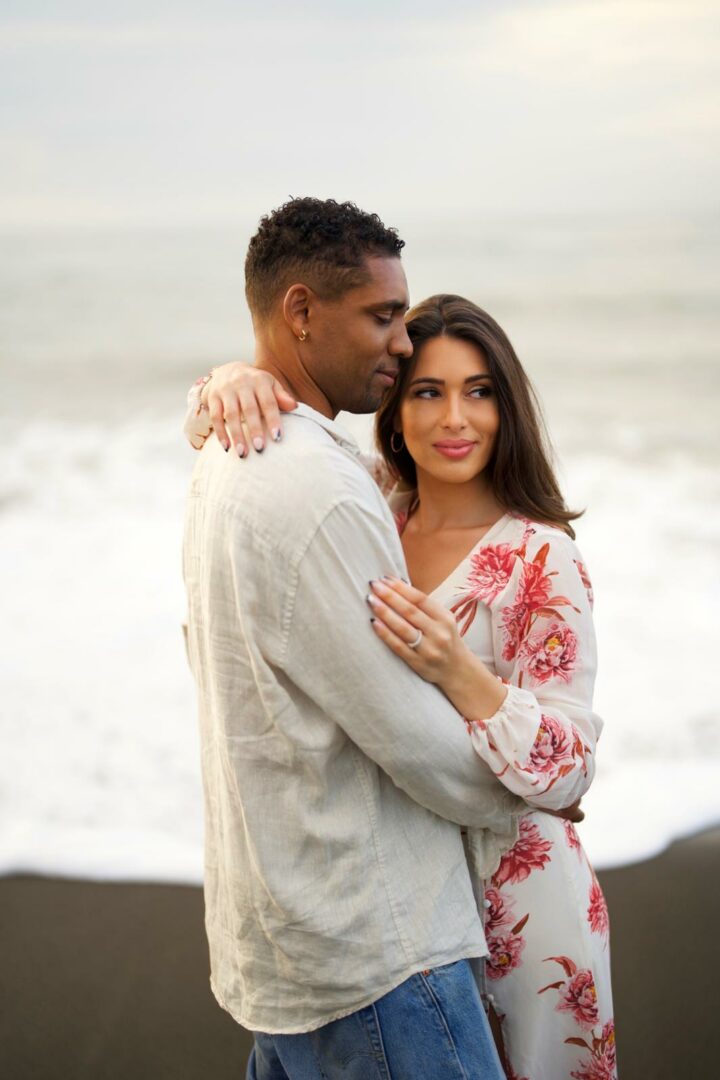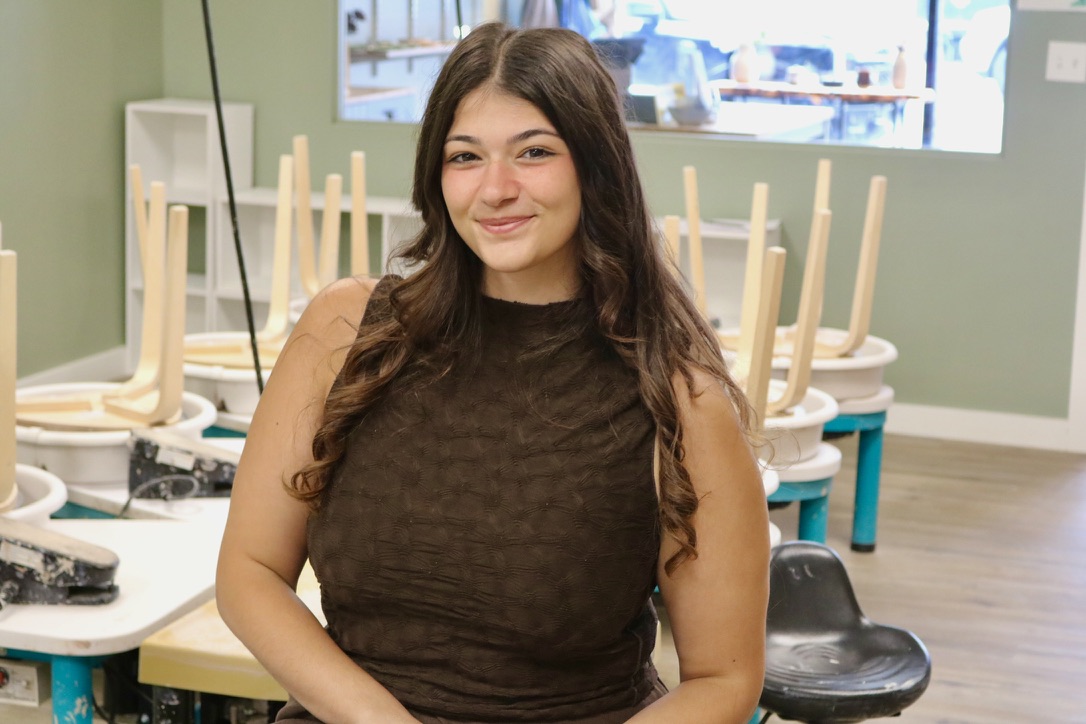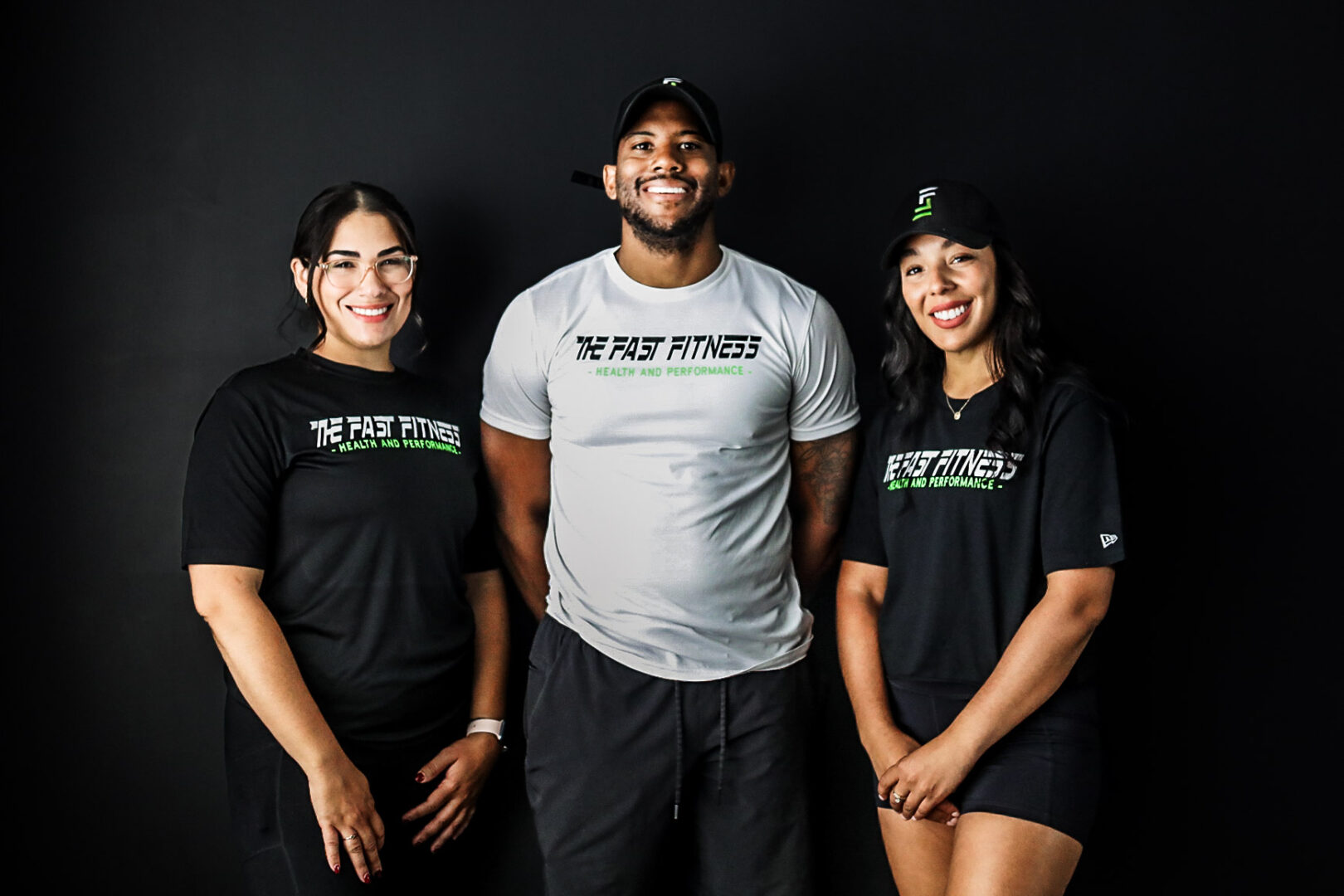Alright – so today we’ve got the honor of introducing you to Zhen “Donny” Li. We think you’ll enjoy our conversation, we’ve shared it below.
Zhen “Donny”, appreciate you making time for us and sharing your wisdom with the community. So many of us go through similar pain points throughout our journeys and so hearing about how others overcame obstacles can be helpful. One of those struggles is keeping creativity alive despite all the stresses, challenges and problems we might be dealing with. How do you keep your creativity alive?
I think creativity isn’t something you can force. It’s something you have to protect, and sometimes, rediscover.
There was a period when I felt like I had become more mechanical—focused more on getting things done than actually feeling them. That made me stop and think about why I chose to be a filmmaker in the first place. I realized it wasn’t just about using a camera or mastering a craft. It was about expressing emotion and telling stories. Film and visual storytelling are simply the languages I use—but what really matters is staying connected to what’s human and real underneath.
When I noticed that disconnect, I made the decision to step back. I gave myself permission to slow down. I started paying more attention to the world around me, not to search for inspiration, but just to feel present again.
I also turned to other forms of art—books, music, photography. Sometimes the most unexpected things bring you back to yourself.
My mentor once told me that the rarest thing is honest human emotion. That’s something I hold onto. I know that if I want to keep my creativity alive, I can’t just operate mechanically. I have to keep feeling, keep being vulnerable, and stay open to the world around me.
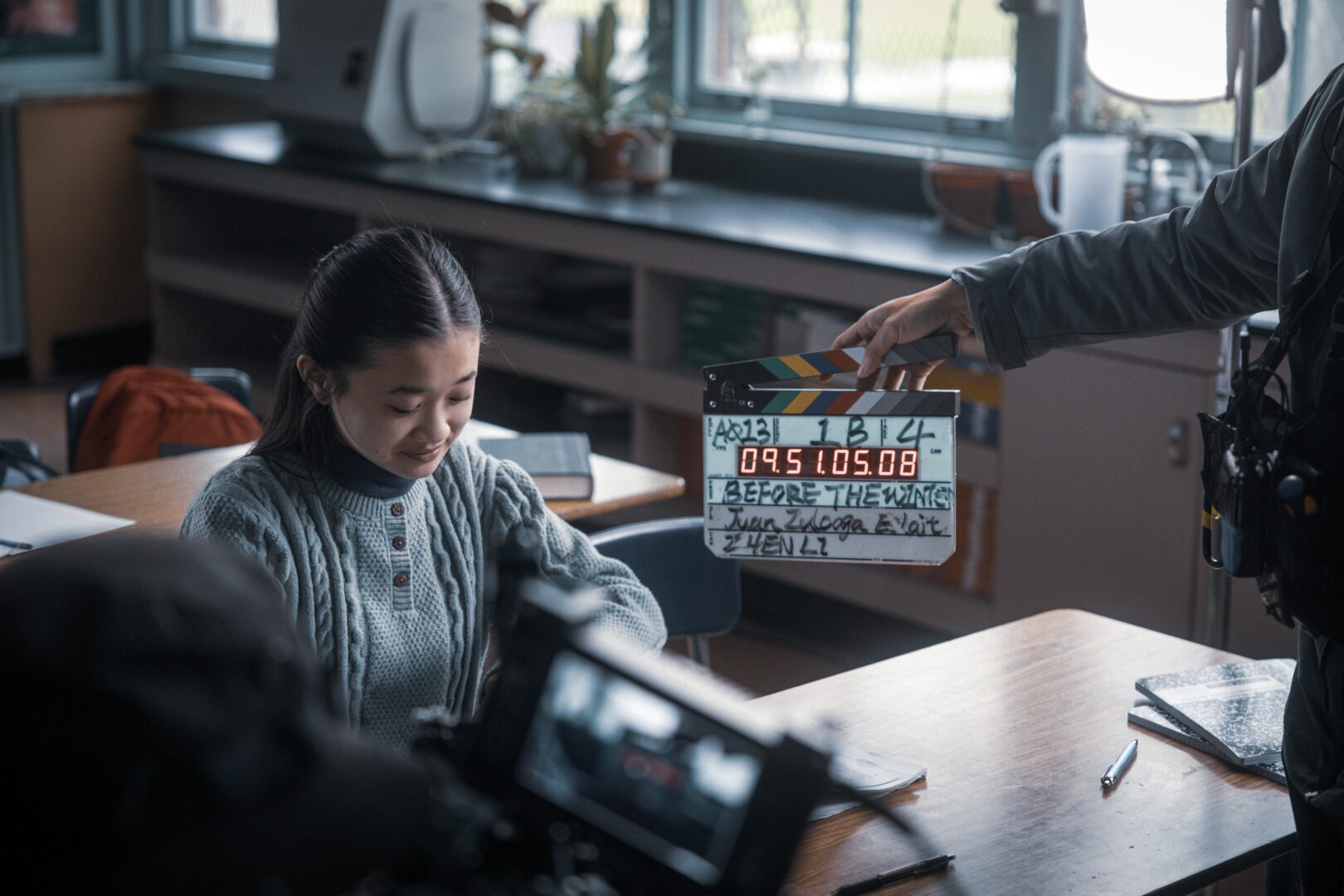
Appreciate the insights and wisdom. Before we dig deeper and ask you about the skills that matter and more, maybe you can tell our readers about yourself?
I’m a cinematographer based in Los Angeles, working across narrative films, series, and commercial projects.
Right now, I’m focused on finding deeper collaborations—working with directors and teams who want to tell stories that ask real, difficult questions about who we are today. I’m especially drawn to projects that don’t rush to explain, but that trust the audience to feel and reflect.
What excites me most isn’t just making beautiful images—it’s helping shape the emotional architecture of a story. It’s finding the right tone, the right silences, the right weight inside a frame.
I’m currently exploring new narrative projects that weave together personal emotion and broader social textures. I believe the most lasting images are the ones that hold both—the intimate and the collective.
If you had to pick three qualities that are most important to develop, which three would you say matter most?
To be honest, I still consider myself early in my journey, so I am careful about offering advice. But reflecting on my experience so far, one thing stands out clearly: technical skill has been essential.
In the beginning, I focused on strengthening my technical skills across different areas, knowing it would be crucial later on. It was not only about mastering a single specialty; it was about being able to support the entire team—whether through operating the camera smoothly, shaping light effectively, or solving unexpected problems on set.
The more fluent I became technically, the closer I came to realizing the vision I imagined—and equally important, the better I could support my team in bringing that vision to life.
Over time, as my collaborators grew stronger in their own technical skills, the dynamic on set began to shift. I found that I no longer needed to handle every detail myself. Instead, I had more space to focus on the creative core of my work—shaping the emotional and visual language of the story.
In the beginning of a career, though, it often falls on you to find solutions and carry most of the responsibility yourself.
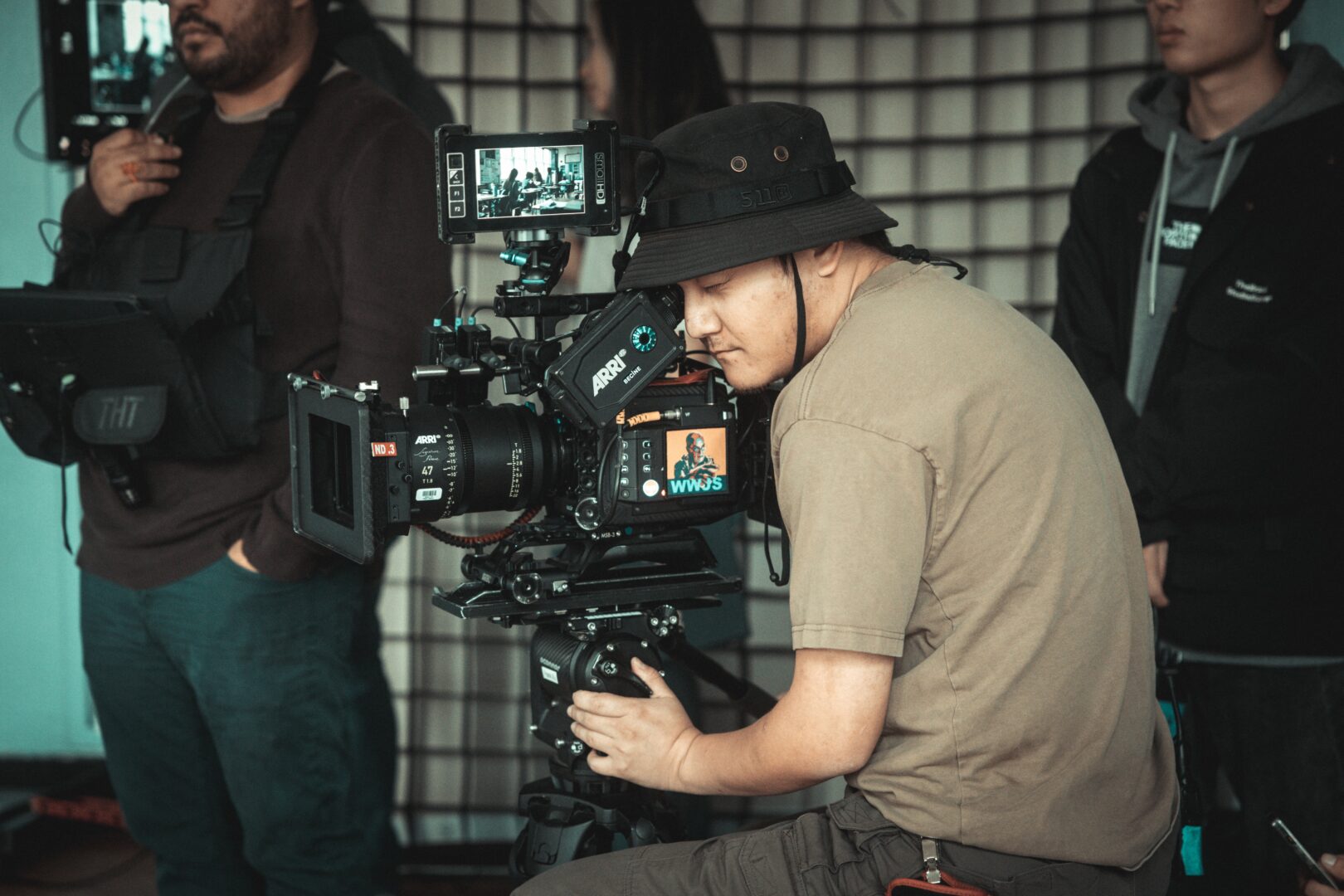
What’s been one of your main areas of growth this year?
Over the past year, one of the biggest areas of growth for me has been learning how to better understand and support the needs of clients, especially through commercial work.
In narrative filmmaking, much of my focus has always been on protecting my own perspective—staying close to the emotions of the story, the characters, and the internal rhythm of the piece.
Commercial projects, however, have required me to approach storytelling from a different angle. It is not only about expressing a personal vision, but also about listening closely, understanding the client’s intentions, and helping translate their goals into a visual language that still feels authentic and compelling.
Learning how to balance creative integrity with commercial purpose has been a meaningful part of my development this year. It is something I am still exploring, but it has taught me new ways of thinking about collaboration, intention, and what it means to shape images that serve multiple layers of meaning.
Contact Info:
so if you or someone you know deserves recognition please let us know here.


